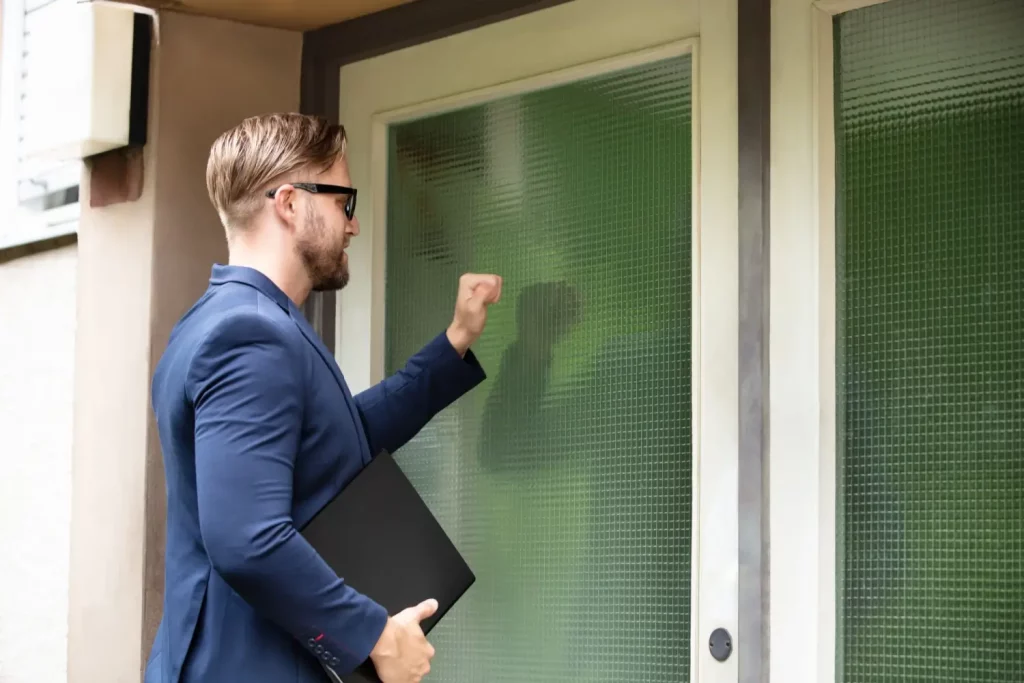For many consumers, deciding whether to lease or finance a vehicle depends on a number of personal and financial factors. Both methods enable you to acquire a vehicle for a period, with car leasing requiring less payment upfront. Leasing allows you to use the vehicle for a contracted period of time in accordance with certain stipulations, while financing allows you to put payments towards the principal of the vehicle, in order to ultimately own it. Lease payments are often significantly lower per month than financing payments, but you should be extremely cautious about the long-term effects of a lease before deciding to sign the contract.
Key Points
Leasing Advantages
There are a number of possible benefits to participating in a lease rather than committing to buy a vehicle. A key advantage is that a lease requires little or no down payment or the need to be approved for loan financing through a finance company. If you don’t have money to put toward a down payment or to qualify for a loan, you still have the opportunity to get a new car by leasing it.
Another benefit of leasing is that it gives you an opportunity to test out the vehicle for a few years before committing to the purchase. In those first years, you can drive a new vehicle and determine if that particular model is reliable, good on gas consumption, requires constant repair, etc. At the end of the lease, you can return it and lease a new vehicle or choose to buy what you’ve grown accustomed to. You may pay more overall, but get to choose later whether to buy after the initial lease is up.
Self-employed consumers have the opportunity to write off a portion of their leasing costs, as they apply to the nature of their business. Taxes are also spread throughout the monthly payments instead of in a lump sum, as well as lower than tax on financing a vehicle because the lessee is only paying for the portion of the vehicle that they are using during the lease, not its total value.
Finally, a lease provides you more freedom to change cars every few years and constantly drive something new without the hassle of selling a used car. Driving a new vehicle often requires less maintenance than a dated one, as well as there is less chance that a newer vehicle will break down on the road.
Read our guide – What happens to debt when someone dies in Canada?
Leasing Drawbacks
The most important downside of leasing a vehicle is that, at the end of your lease term, you don’t own anything. If you finance a vehicle, despite its depreciating value, you still acquire equity in it and the monthly payments end once you’ve finished paying off the loan. If you engage in lease after lease, you face continuous monthly payments and pay more in the long term than choosing to pay higher payments during only the original financing term.
Leasing also limits the amount of mileage you can put on the vehicle during your lease term, such as 18,000 to 24,000 kilometres per year, following which you are charged up to 15 cents per kilometre. If you drive often and far distances, settling the extra mileage costs at the end of the lease can become quite costly and inconvenient. This is where alternative ways of getting around can benefit you, like public transportation or carpooling, as well as biking or walking when possible.
A further drawback to leasing is that you are expected to follow a strict maintenance schedule to the vehicle in good working condition, and you may need to pay extra to cover excess wear and tear, such as paint chips, scratches and tire wear. You also need to repair any damage done to the vehicle prior to returning it, which is an unknown expense. Or, you may be billed after returning the leased vehicle if it had some wear and tear you did not repair and you did not pre-purchase a lease damage warranty at an extra cost.
As part of having the vehicle resemble its original condition as much as possible, you are also not permitted to customize the vehicle in any way; no new parts (e.g., a spoiler or sport rims) or paint can be added to the leased car.
Early Termination of a Lease
If you need to get out of a lease before the contract is up, it is significantly more difficult and costly than if you had been financing the vehicle. Unless you purchase insurance that protects you from financial losses if you cut your lease short, early-termination fees can cost you nearly as much as if you were to finish the payments owing on the lease. If you financed instead, you could simply sell the vehicle and use the balance to pay the remainder of the loan. If a lease is terminated, the dealer will sell it for whatever price they can get, and you are on the hook for the difference.
If your employer makes your lease payments as an employment incentive, you are still liable for the lease if you are fired. You are responsible for the lease regardless of where the payments come, including any early- termination costs.
Educate Yourself
It is important to do your due diligence and to research current incentives offered by dealers, car manufacturers and financing companies. After doing some calculations, you will find that leasing is only cheaper in the beginning, it costs about the same as buying if you sell the vehicle at the end of the loan (which most people don’t) and it costs more than buying if you keep your vehicle. If you are experiencing financial difficulty due to car payments, contact a trustee at Harris & Partners in Toronto and surrounding areas for debt solutions today.
Leasing encourages you to buy more than you can afford and to commit more often. You need to ask yourself if you really need a new car often, given that most cars last about 250,000 kilometres before going to the junkyard. Also, if you continue driving a car you buy over many years, you spread the cost over a longer term.
If you end up leasing, consider a less expensive vehicle when deciding what to drive and ensure you understand the lease details and your obligations to the dealer in the event that your personal circumstances change. Before signing, inquire if your lease company allows lease transfers in case you need to get out of the lease early. Also inquire whether gap protection insurance is included or costs extra, which protects you in the event that your leased car is stolen or totally destroyed. That new car smell may be enticing, but there is no benefit to driving a new vehicle if you can barely make the payments on it and can potentially put yourself in a difficult financial position. You need to ensure that you live within your means.
At Harris & Partners Inc. Trustee in Bankruptcy, we look out for your financial interests. We provide debt help and debt solutions in Toronto, North York, Barrie, Brampton, Brantford, Hamilton, St. Catharines, Markham, Oshawa and Pickering. Speak to a bankruptcy trustee for more information today.











